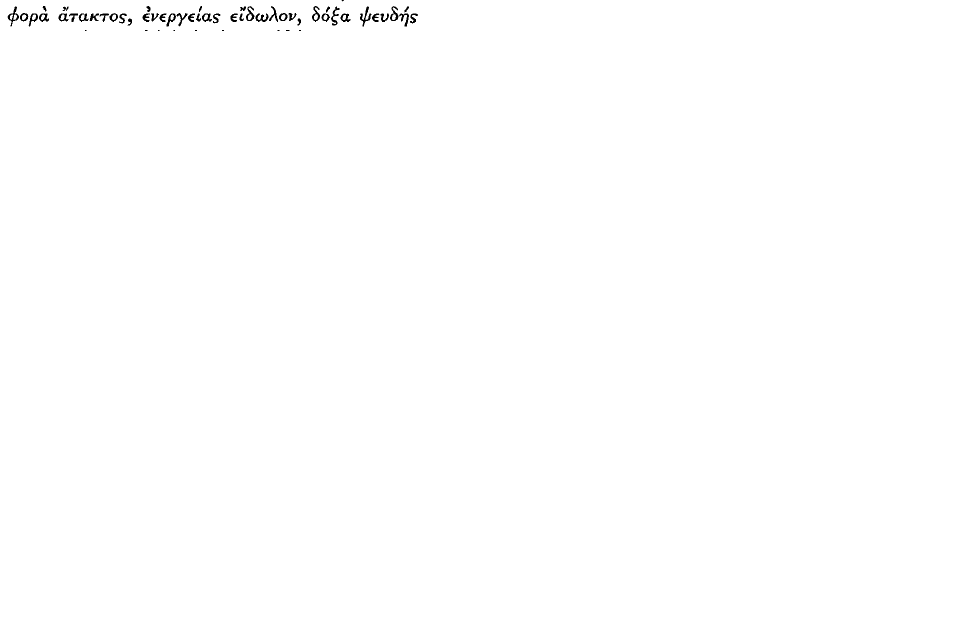Article contents
The Distribution of Parts in Menander's Dyskolos1
Published online by Cambridge University Press: 11 February 2009
Extract
The distribution of parts between the available actors in ancient comedy has frequently engaged critical attention, but it has only recently become possible to test the principles believed to be at work against a play of Menander which is for practical purposes preserved complete. The present inquiry will suggest that either four principal actors are needed or, alternatively, that three actors can carry the major roles between them, provided that the part of Getas is split between two of them and that a supernumerary actor is available for two small parts, together with parachoregemata in a few places and a kophon prosopon twice. It is not easy to choose between these two possibilities, but there may be sufficient hints in the dramatic economy of the play to warrant preference for the three-actor alternative.
- Type
- Research Article
- Information
- Copyright
- Copyright © The Classical Association 1960
References
page 113 note 2 See, for example, the select list of references given by Pickard-Cambridge, A. W. in Dramatic Festivals of Athens (Oxford, 1953), p. 152 n. 1.Google Scholar His contention that four actors were certainly available (ibid., p. 153) should be read in conjunction with the more cautious statements of Körte in his article on Menander in Pauly-Wissowa, , Real-Encycl. xv. 1, cols. 755–6.Google Scholar
page 114 note 1 Mr. W. S. Barrett has suggested that 311 is a clumsy dittography of 912 and has no place in the text.
page 114 note 2 Thus (i) the third person singular of the rerbs in 136, referring to Chaereas, indicates a character off-stage; (ii) only Pyrrhias can say  and he is the only possible recipient of the imprecation in [38–9; (iii) the allusion to a whipping in 142: uits slave-talk; (iv) the respectful
and he is the only possible recipient of the imprecation in [38–9; (iii) the allusion to a whipping in 142: uits slave-talk; (iv) the respectful  in 144 suits a slave addressing his superior (cf. Dysc. 476, 503 and Epitrep. 48, 68, 132, 194; Samia 169). In Dysc. 319, 338, and 342 Gorgias uses it to Sostratus, whom he is at that point in the play treating with a certain stiff formality.
in 144 suits a slave addressing his superior (cf. Dysc. 476, 503 and Epitrep. 48, 68, 132, 194; Samia 169). In Dysc. 319, 338, and 342 Gorgias uses it to Sostratus, whom he is at that point in the play treating with a certain stiff formality.
page 114 note 3 This has been suggested independendy by Mr. Lloyd-Jones and the members of the London seminar.
page 115 note 1 Something similar has been suggested for the part of Theseus in Sophocles' Oedipus Coloneus: see Ceadel, E. B. in Class. Quart. xxxv (1941), 139 ff., who himself offers a more economical compromise which affects the part of Antigone in that play.CrossRefGoogle Scholar
page 116 note 1 There is no change of speaker within 177, but Cnemon continues to 178, when he exits. Sostratus' speech is then continuous till 188, beginning with asyndeton at 179.
- 3
- Cited by


